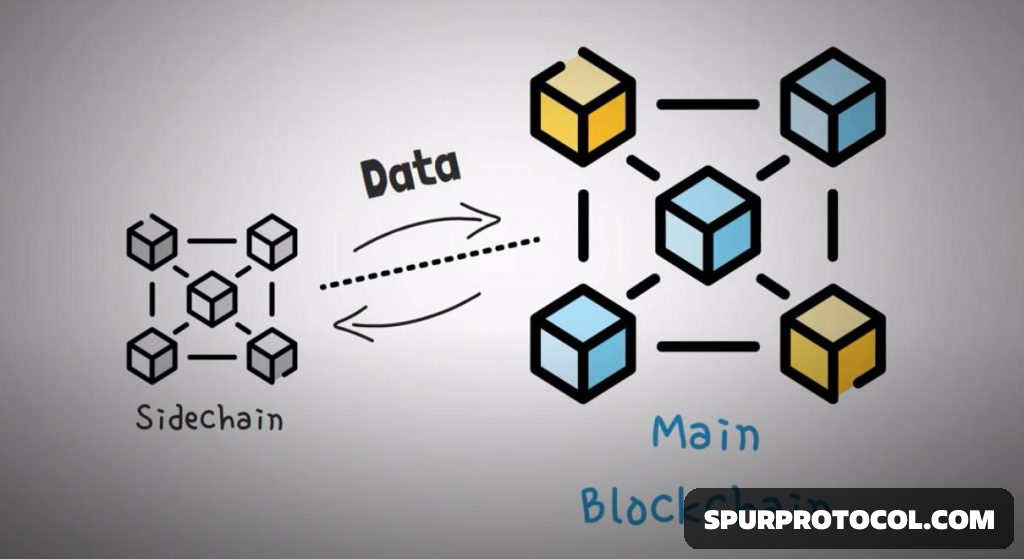What Is A Sidechain And Its Security Model?
A Sidechain is an independent, parallel blockchain with its own consensus mechanism (often Proof-of-Stake) that runs alongside a mainchain (e.g., Ethereum). Assets are transferred between the two chains via a two-way peg, and the sidechain is responsible for its own security, providing high throughput at low cost.
Go Back

🕒 3:50 PM
📅 Oct 31, 2025
✍️ By Nathanael707
Defining the Sidechain ArchitectureA Sidechain is a fully operational, separate blockchain that communicates with the mainchain but does not directly inherit its security. It is fully responsible for its own validator set and consensus.
Independence: Has its own validators, block time, and fee structure.
Two-Way Peg: A mechanism (often a multisig or decentralized bridge) locks tokens on the mainchain and mints an equivalent on the sidechain, and vice versa.
Scalability: Offers massive scalability and very cheap transactions, as it is not constrained by the mainchain's load.
Security Comparison with Rollups
The key difference lies in security inheritance.
Rollup: Inherits the security of the mainchain; its funds are on the mainchain.
Sidechain: Relies entirely on the security and trustworthiness of its own validator set; its funds are secured by that set.
